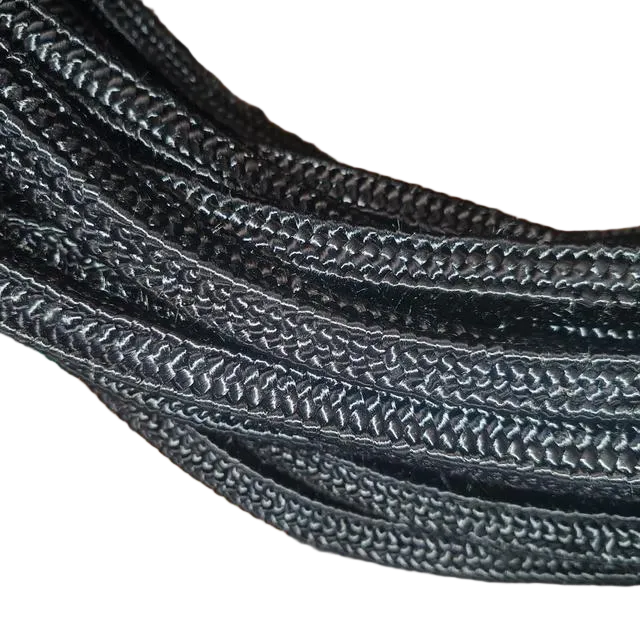TEL:
+86 13120555503
English
- Afrikaans
- Albanian
- Amharic
- Arabic
- Armenian
- Azerbaijani
- Basque
- Belarusian
- Bengali
- Bosnian
- Bulgarian
- Catalan
- Cebuano
- Corsican
- Croatian
- Czech
- Danish
- Dutch
- English
- Esperanto
- Estonian
- Finnish
- French
- Frisian
- Galician
- Georgian
- German
- Greek
- Gujarati
- Haitian Creole
- hausa
- hawaiian
- Hebrew
- Hindi
- Miao
- Hungarian
- Icelandic
- igbo
- Indonesian
- irish
- Italian
- Japanese
- Javanese
- Kannada
- kazakh
- Khmer
- Rwandese
- Korean
- Kurdish
- Kyrgyz
- Lao
- Latin
- Latvian
- Lithuanian
- Luxembourgish
- Macedonian
- Malgashi
- Malay
- Malayalam
- Maltese
- Maori
- Marathi
- Mongolian
- Myanmar
- Nepali
- Norwegian
- Norwegian
- Occitan
- Pashto
- Persian
- Polish
- Portuguese
- Punjabi
- Romanian
- Russian
- Samoan
- Scottish Gaelic
- Serbian
- Sesotho
- Shona
- Sindhi
- Sinhala
- Slovak
- Slovenian
- Somali
- Spanish
- Sundanese
- Swahili
- Swedish
- Tagalog
- Tajik
- Tamil
- Tatar
- Telugu
- Thai
- Turkish
- Turkmen
- Ukrainian
- Urdu
- Uighur
- Uzbek
- Vietnamese
- Welsh
- Bantu
- Yiddish
- Yoruba
- Zulu
Telephone: +86 13120555503
Email: frank@cypump.com
Mar . 06, 2025 12:25 Back to list
submersible sewage pump specifications
Choosing a suitable submersible sewage pump can significantly affect your wastewater management system. This decision requires understanding intricate specifications that define the pump's functionality, efficiency, and durability.
Look into impeller design, which plays a pivotal role in a pump's ability to handle solids. Vortex impellers, for example, are highly efficient in reducing the risk of blockage, a valuable trait in sewage management environments with varying debris levels. Furthermore, pump specifications often highlight sealing and protection features. Submersible sewage pumps operate in challenging environments; thus, robust sealing systems using mechanical seals and oil-filled chambers protect against water ingress, enhancing reliability. Thermal overload protection is also vital, ensuring the pump motor shuts down to prevent overheating, safeguarding against premature failure. It's critical to consider certification and compliance with industry standards, such as those from the Hydraulic Institute or Underwriters Laboratories. These certifications signal that a pump meets stringent safety, reliability, and efficiency criteria, assuring buyers of its quality. Lastly, technological advancements in smart monitoring and control systems are becoming standard in modern submersible sewage pumps. Features enabling real-time monitoring, remote diagnostics, and automated alerts for maintenance issues can significantly enhance system reliability, reducing downtime and extending the lifespan of the pump. Navigating the specifications of submersible sewage pumps requires a delicate balance of these factors. The goal is to select a pump that not only meets current demands but also provides flexibility for future needs, adheres to compliance standards, and aligns with sustainability goals. Leveraging comprehensive, up-to-date information empowers users to make informed decisions that ensure system efficiency, minimize environmental impact, and optimize cost-effectiveness over the equipment's lifetime.


Look into impeller design, which plays a pivotal role in a pump's ability to handle solids. Vortex impellers, for example, are highly efficient in reducing the risk of blockage, a valuable trait in sewage management environments with varying debris levels. Furthermore, pump specifications often highlight sealing and protection features. Submersible sewage pumps operate in challenging environments; thus, robust sealing systems using mechanical seals and oil-filled chambers protect against water ingress, enhancing reliability. Thermal overload protection is also vital, ensuring the pump motor shuts down to prevent overheating, safeguarding against premature failure. It's critical to consider certification and compliance with industry standards, such as those from the Hydraulic Institute or Underwriters Laboratories. These certifications signal that a pump meets stringent safety, reliability, and efficiency criteria, assuring buyers of its quality. Lastly, technological advancements in smart monitoring and control systems are becoming standard in modern submersible sewage pumps. Features enabling real-time monitoring, remote diagnostics, and automated alerts for maintenance issues can significantly enhance system reliability, reducing downtime and extending the lifespan of the pump. Navigating the specifications of submersible sewage pumps requires a delicate balance of these factors. The goal is to select a pump that not only meets current demands but also provides flexibility for future needs, adheres to compliance standards, and aligns with sustainability goals. Leveraging comprehensive, up-to-date information empowers users to make informed decisions that ensure system efficiency, minimize environmental impact, and optimize cost-effectiveness over the equipment's lifetime.
Share
Latest news
-
ISG Series Pipeline Pump - Chi Yuan Pumps | High Efficiency, Durable Design
NewsAug.01,2025
-
Advanced Flue Gas Desulfurization Pump with GPT-4 Turbo | Durable & Efficient
NewsJul.31,2025
-
ISG Series Vertical Pipeline Pump - Chi Yuan Pumps | Advanced Hydraulic Design&Durable Construction
NewsJul.31,2025
-
ISG Series Vertical Pipeline Pump - Chi Yuan Pumps | Energy Efficient & Low Noise
NewsJul.31,2025
-
pipeline pump - Chi Yuan Pumps Co., LTD.|High Efficiency&Low Noise
NewsJul.31,2025
-
ISG Series Vertical Pipeline Pump - Chi Yuan Pumps Co., LTD.|High Efficiency, Energy Saving, Low Noise
NewsJul.30,2025










